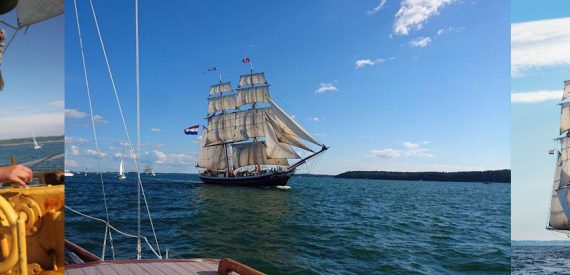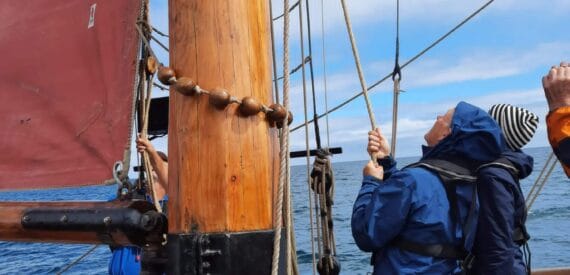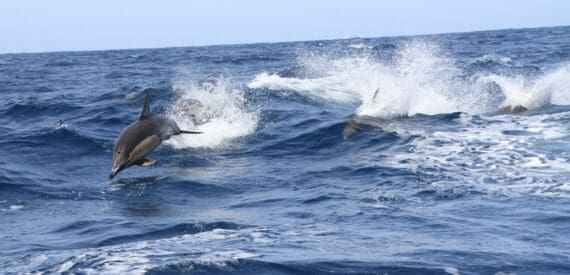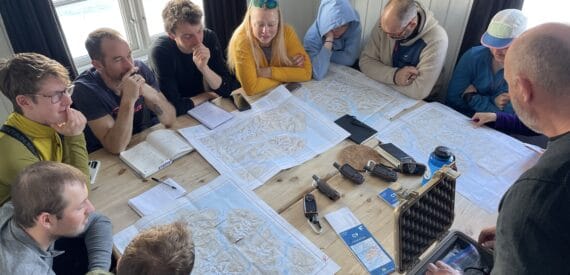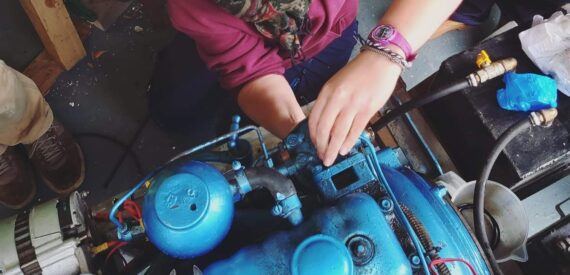FREE Guide for spotting whales dolphins, porpoise, albatross and loads more when at sea.
Find out what you have been missing, it’s all there. We show you how to spot it for yourself.
All Wildlife Voyagescccc
Sighting
1 On the Sea
This technique will help you spot more wildlife and other interesting things in the sea and sky. It is regarded as best practice for seafarers who call it ‘Lookout duty’.
Standing on deck and glancing over the sea you will miss most things. You have to focus on sections of the sea at a time.
If the bows of the ship are 12 o’clock and the stern 6 o’clock look first from near you on the water then slowly raise your search focus away from you until you meet the horizon at 12 o’clock.
Still on the horizon move your focus to 1 o’clock and then slowly draw you vision towards you until you looking at the water close to you.
Still looking close to you turn to the 2 o’clock position and slowly look out towards the horizon.
Turn you horizon vision to 3 o’clock etc. etc.
This does take concentration and you probably don’t want to do it for more than about twenty minutes.
If you have a team of you working together you can cover different sectors of the sea around you and work out a rota to swap people in out of ‘lookout duty’.
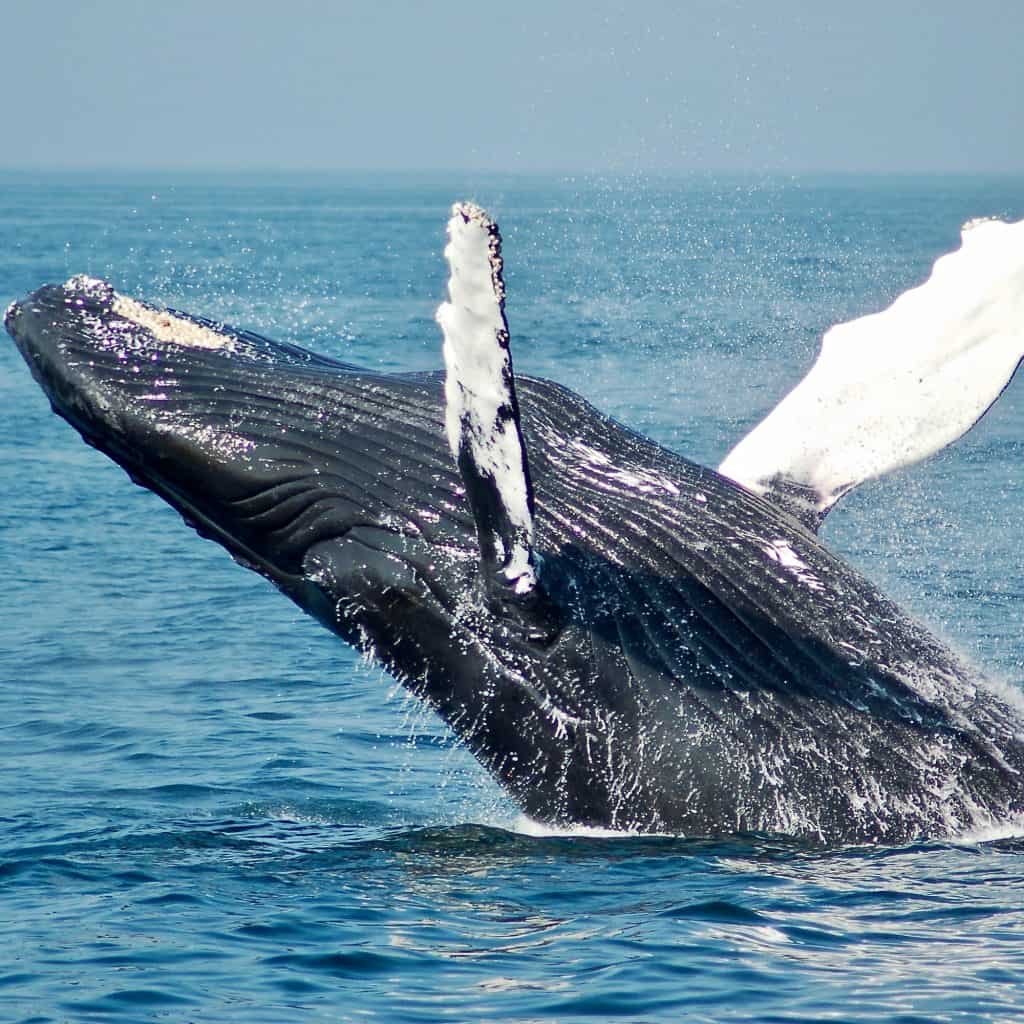
Looking for the clues in seascapes.
If you know what is normal it is easier to see the bits that are odd.
Study the sea and learn it moods, you can do this as you look for wildlife, to me it has always added interest to lookout duty.
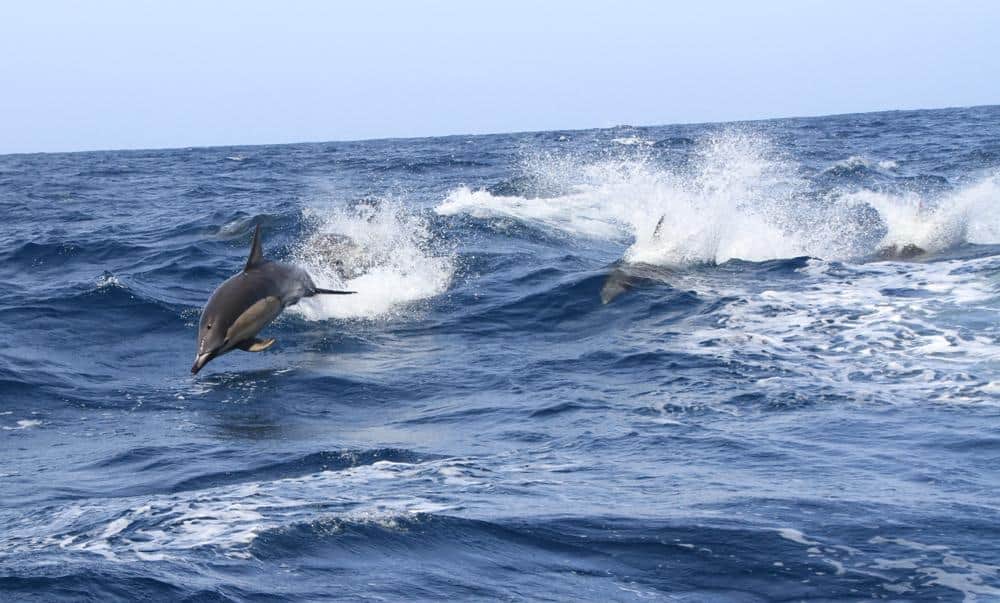
There she blows!
Moby Dick has taught us all to look for the spout of whales as the breathe out through their blow holes but there are other clues.
The shape of the sea is affected by the wind, tides, any obstacles close to the surface or swelling up from below.
The stronger the wind the bigger the waves. The further apart the waves or swell is the further that swell has travelled.
You can often see swells in the sea from more than one direction, cross seas. These tend to have sudden high peaks as the swells combine in unexpected ways.
Tides when set against the wind make the waves choppier, the shape of the wave is different they seem to have a hollow front and fuller back.
Look for unusual splashes, the glint of fast moving creature in the side of a wave.
Birds and Cetaceans acting together.
It is not unusual to sea a flock of birds diving into the sea chasing a shoal of fish. Very often you will find whales, dolphins or porpoise in there to hunting the shoal of fish at the same time.
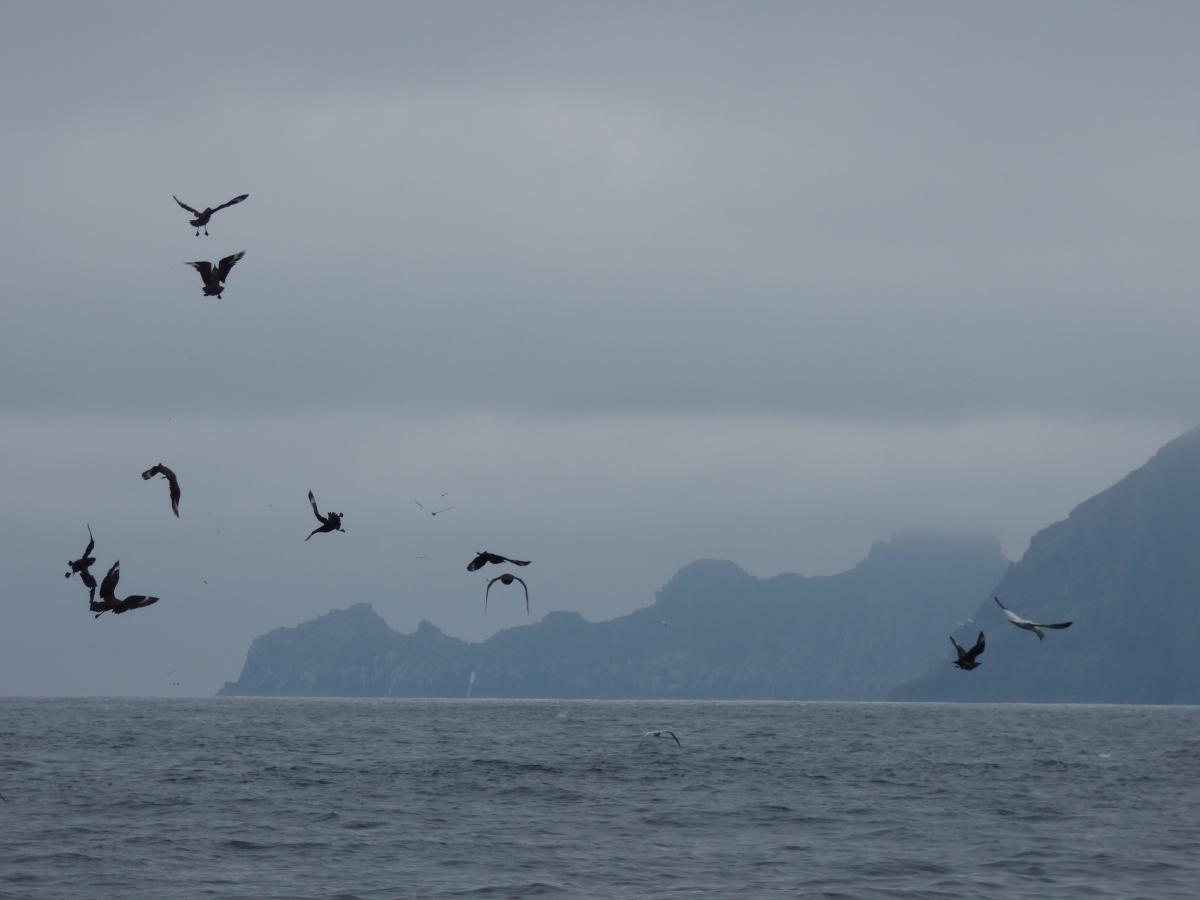
2 In the air
It is very difficult to focus your eyes on objects in the sky. The trick here is to do the same technique as searching the sea but instead of going in one smooth motion from looking close to far away go a little distance away and look up, nothing there, look down and move your focus a little further away, look up, so on and so forth.
Hearing
When it’s dark or you have no vision you can often hear cetaceans as they blow air out of their blow holes. Believe me it can make you jump when a hump back whale blows right beside you as you are sailing along peacefully under sail at night. On hearing it you might be able to see it either with the naked or helped by a search light. When sailing at night never shine a light into someone’s face as this will ruin their night vision, which takes 20 minutes to fully adapt to the darkness. And yes carrots do help you see in the dark!
Smelling
If you can’t see and you can’t hear you may smell cetaceans. They east fish and their breath is very smelly and if you happen to be down wind of a school of dolphins in the dark it is possible you will smell them. I have smelt a shoal of oily fish whilst sailing off the coast of Cornwall, we quickly got the mackerel fishing lines over the side and had a bucket full of mackerel in time for breakfast.
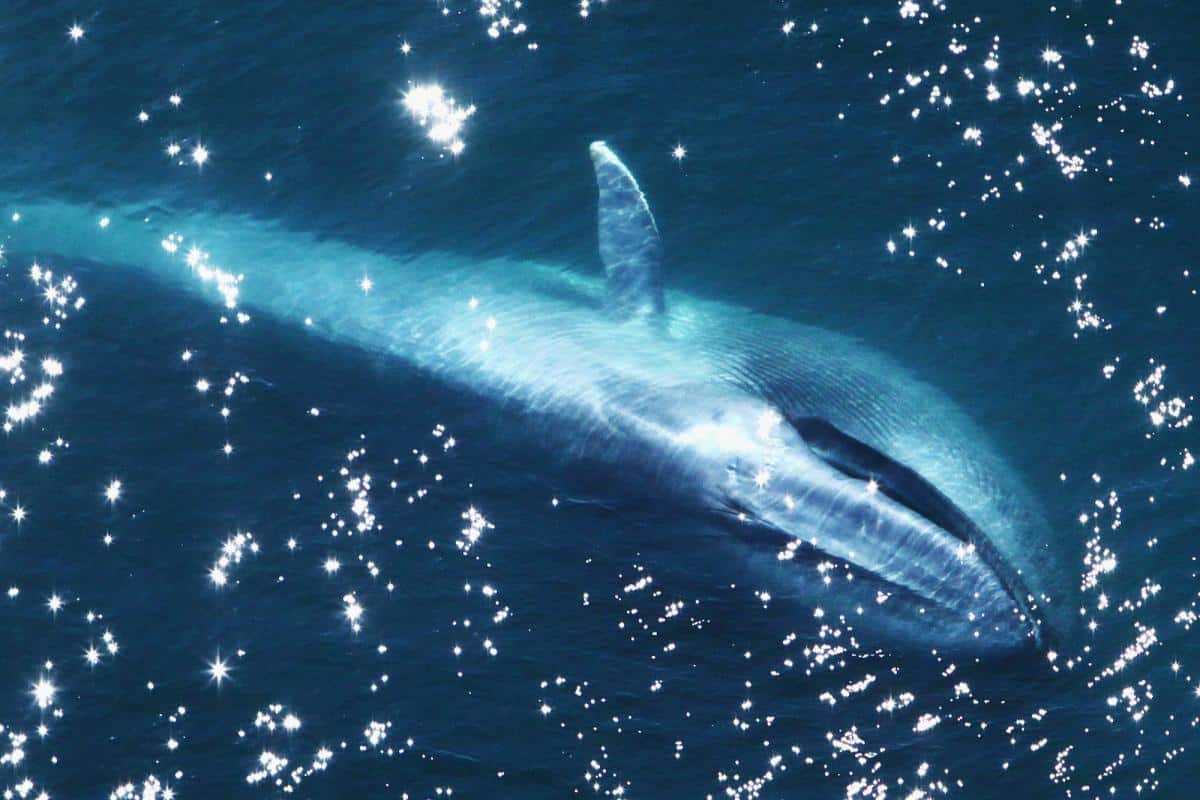
Pointing sightings out
It’s wonderful to share what you have spotted with other people and there is a very simple way to do this. You will really appreciate this if you tried to see what someone is pointing at and they are not close to you.
So working on the clock principle – a dolphin right in front to the ship is called ‘Dolphin at 12 o’clock half way to the horizon’. One abeam of the boat is called ‘dolphin at 3 o’clock nearby’, now you know what abeam of the ship means!
Identifying
This is the best Website I have found so far – www.oceanwanderers.com
From your favourite bookshop
Seabirds an identification guide. By Peter Harrison published by Helm. Classic Sailing’s favourite.
Sealife: A Guide to the Marine Environment. By Geoffrey Waller (Editor) published by Helm. Classic Sailing’s other favourite.
Recording
You need to keep a note of the following
- Time and time zone.
- Sea state – rough –calm etc.
- Wind direction and strength
- Visibility – good – moderate – poor
- Where the sighting was in relation to the ship – see ‘Pointing Sighting Out’
- What direction the species was travelling
- Species
- Confidence in identification
- Quantity of adults and young
- Behaviour
- Then using the ships log or your own GPS you can note the exact position.
Reporting
You recordings may be useful to Marine Conservation Groups and other research groups.
There is a list of some organisations below in further reading.

Where and When
You can see marine wildlife in almost any open sea but they are more likely to be seen in remote places away from too much of mankind’s harmful influences.
There are also migratory routes for many whales in a north or south direction. See further reading.
How
Sailing ships offer the best way to study wildlife at sea, you are acting with nature, not powering across it in an oil guzzling ocean juggernaut.
You are quiet and unthreatening to the nature around you. You are closer to the sea and closer to nature. Nature will often come to you.
Because they are shorter voyages they are closer to human habitats and less likely to see wildlife but may be a good way to see if you like sailing.
Longer Wildlife Voyages
Classic Sailing has been sailing in remote wildlife areas for many years. Antarctica, the Azores, Spitsbergen, Greenland, Iceland and nearer to home the Western Isles of Scotland and the Isles of Scilly.
You do not need any sailing experience to sail on any of these voyages.
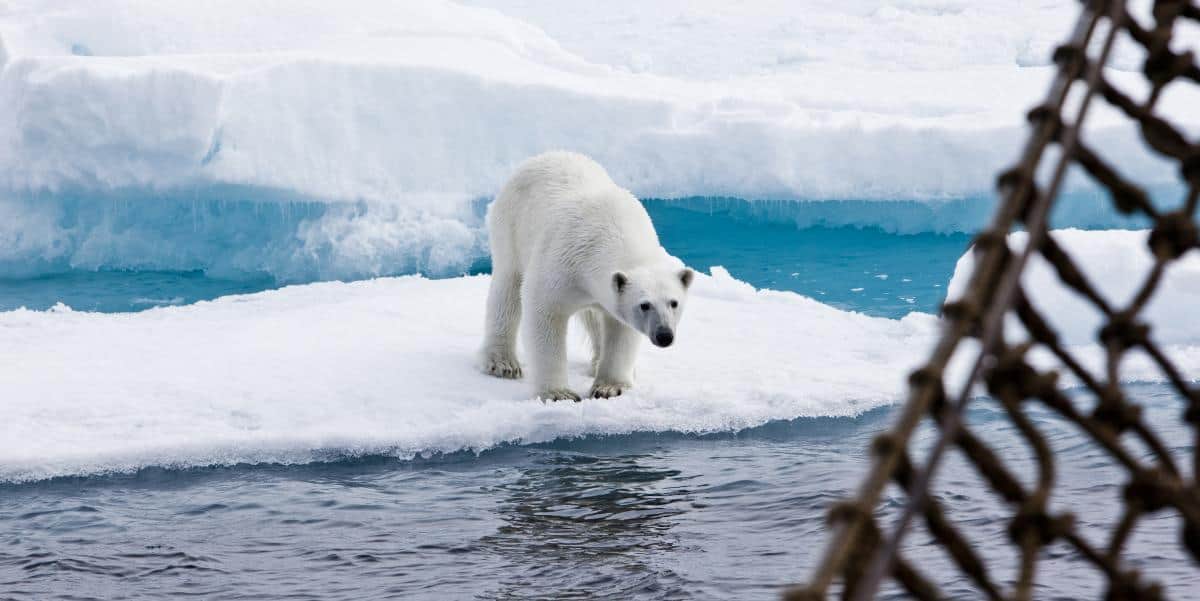
xxx
Further Reading, Reporting and feedback.
Please tell us if this was helpful or if you have any suggestion, always glad to hear from you.
- Seabirds an identification guide. By Peter Harrison published by Helm. Classic Sailing’s favourite.
- Sealife: A Guide to the Marine Environment. By Geoffrey Waller (Editor) published by Helm. Classic Sailing’s other favourite.
- Landmarks, by Robert Macfarlaine, suggested by Classic Sailing Customer
Reporting marine sightings to websites
Recording schemes Providing information on sightings to particular institutions or projects helps conservation, management, education and awareness raising. It also promotes identification skills.
Cetaceans Seawatch on 01865 717276
Sail and Whale http://sailandwhale.com
European Basking Shark Photo-Identification Project at www.baskingsharks.co.uk
Egg cases (skate and ray) The Great Egg-case Hunt, Shark Trust on 01752 672020 or at www.sharktrust.org/eggcase
Jellyfish Marine Conservation Society at www.mcsuk.org
Molluscs Conchological Society Marine Recording Scheme on 01483 417782 or at www.conchsoc.org/
Seashore wildlife Porcupine Marine Natural History Society at www.pmnhs.co.uk
Marlin at www.marlin.ac.uk
Birds BTO reporting system for ringed birds, at https://www.bto.org/volunteer-surveys/ringing/about

